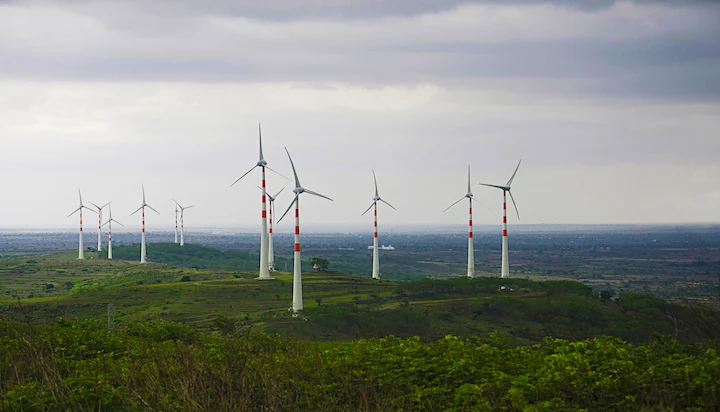The Union budget may waive the ₹400 per tonne cess on coal used by power projects that meet certain emission norms, two people aware of the matter said.
India, the world’s third-largest emitter of greenhouse gases, is among the few countries in the world to have introduced a carbon tax. The government created the National Clean Energy Fund (NCEF) with contributions from the clean energy cess imposed on coal mined in India or imported. The cess, which came into effect in July 2010, was initially ₹50 per tonne in 2010 and reached ₹400 in 2016. However, with the goods and services tax (GST) coming into effect in July 2017, the clean energy cess was subsumed by the GST compensation cess.
The waiver is expected to encourage power producers to reduce their carbon impact and help India meet its climate commitments made at the Conference of Parties (COP-26) summit in Glasgow. The waiver is expected to translate into a total concession of around ₹28,000 crore for coal-fuelled projects that meet sulphur oxides (Sox) norms by installing flue-gas desulphurization (FGD) equipment.
The cost of installing FGD equipment is around ₹55lakh to ₹60 lakh per MW. The deadline for installing such equipment has been extended till December 2024 from the earlier deadline of December 2022. This assumes significance given that coal-fuelled power projects totalling 202.22 gigawatts (GW) remain the mainstay of India’s power generation and account for more than half of India’s generation capacity. The power sector consumes around 700 million tonnes of coal every year.
“The plan in the works involves promoting compliance by incentivizing thermal power plants that are complying with emission norms by not paying this coal cess. The load on consumers will also come down as tariffs will reduce,” said one of the two government officials cited above, requesting anonymity.
In Glasgow, India promised to bring down the country’s total projected carbon emission by 1 billion tonnes by 2030, reduce carbon intensity by 45% by the end of the decade from 2005 levels and achieve net-zero carbon emissions by 2070. The commitment also includes meeting 50% of India’s energy requirements from renewable energy by 2030 and increasing non-fossil fuel power generation capacity to 500GW by the end of the decade.
Queries emailed to the spokespeople for the power and finance ministries on Friday morning remained unanswered till press time.
The Union budget may also announce a scheme, tentatively named Roadmap for Sustainable and Holistic Approach through National Energy Efficiency, or ROSHNEE, to help cut the country’s carbon emissions, Mint reported last week.
According to a KPMG report, “Investments have to take into account long-term carbon costs and aspects like carbon taxes/carbon border adjustment mechanism.”
A case in point is the European Union coming up with a carbon tax wherein non-EU firms exporting to the EU will have to pay the same price for their carbon footprint in Europe as EU firms do. Through the carbon tax, the EU intends to bring the taxation level on imports on par with that for local companies for green compliance.
India has the world’s fourth-largest reserves and is the second-largest producer of coal. While state-run Coal India Ltd’s annual production target is 660 mt for the current financial year, the coal offtake is expected to be 740 mt. The plan is to meet the 1 billion tonne production target by FY24.
Source: livemint.com









